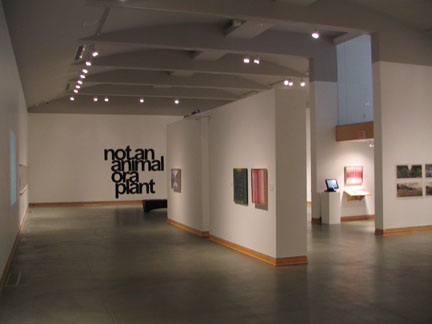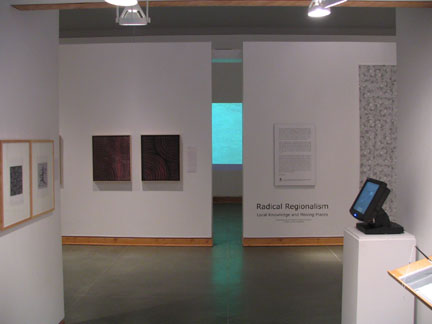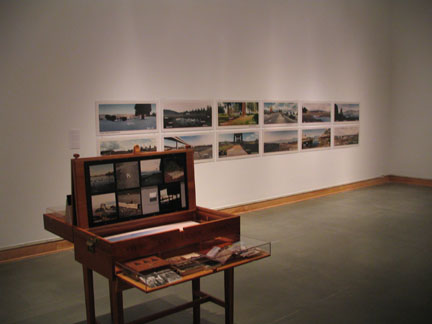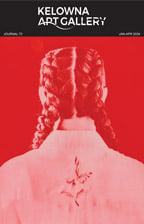Local Knowledge and Making Places
January 17 to March 15, 2009
Organized and circulated by Museum London
Curated by Ihor Holubizky
This exciting group exhibition contains a wide range of contemporary works by six artists, three of whom live and work in Canada, and three who are from Australia. The curator is Ihor Holubizky, who was curator at the Kelowna Art Gallery in the year 2000, and is currently curator at Museum London, in London, Ontario, the organizing gallery for this exhibition. Each of the artists selected is concerned with their own place or location in their work: its histories, social concerns/events, and more. Holubizky posits for these artists a new sense of the word “regionalism,” instead of its equation often with a parochial form of provincialism. This new “radical” regionalism would be a purposeful one based on local engagement and not standing consciously in relation to global centres of cultural production.
Although the works created by the six artists Holubizky has selected are completely different in terms of mediums used and visual vocabularies employed, the viewer is not intended to be limited to looking at the stylistic characteristics of the pieces. Holubizky’s point of investigation is about each artist’s relationship to his/her specific location, and how that relationship is borne out/expressed in the work.
Let’s look at our own local example, Ann Kipling. She has eight drawings in the show, and refers in the works’ titles – all called View through the Spallumcheen – not to a specific locale (they are all created sitting out in the fields around her home near Falkland) but instead, to the name of the First Nation located in nearby Enderby. So there is an overt reference to a palimpsest, that is, Kipling really is looking through a layer of history, now embedded in the very landscape in which she sits and which she attempts to record in her work.
Through his text in the accompanying catalogue, Holubizky clarifies his notions about all six artists’ relationships with their respective places. The show seems apt for Kelowna, not just because the three Canadian artists all have works in the permanent collection of the Kelowna Art Gallery, but because all artists working here also have had to develop their own stances and relationships to this place, and to the other places where they may hope to win audiences, untainted by the moniker of “regionalism.” It is a tricky term and issue, and one worth our contemplation and discussion, brought to our collective attention by this unusual exhibition.











